
Photographer Yuri Dojc’s exhibit, Last Folio: A Photographic Journey with Yuri Dojc, is on view in the United States for the first time, showing at the Museum of Jewish Heritage in New York City through late summer 2011.
Yuri Dojc began working on the Last Folio project after meeting a Holocaust survivor in 1997. A successful commercial photographer, Dojc originally began his career in photography after emigrating from Slovakia to Canada in 1969. So moved by his meeting with the survivor, he returned to his homeland and began the Last Folio project. Dojc began making portraits of Slovakia’s last living Holocaust survivors, then moved on to documenting abandoned synagogues, Jewish cemeteries, and other fragments of the country’s Jewish past.
In 2006, Dojc came across an abandoned school in Bardejov, Slovakia. The school, he later discovered, had not been occupied since the day in 1942 when its students were taken to concentration camps. Left behind were shelves upon shelves of children’s schoolbooks, now serving as a poignant reminder of life interrupted. Dojc decided that still life portraits of the books should serve as the centerpiece of the Last Folio project because of the place books play in the Jewish faith tradition.
Dojc believes that the books represent a monument to the people who don’t have monuments. “As an artist I feel fortunate to be able to express myself though these photos, and to be able to bring the past to the present.”
In 2006, Dojc began a collaboration with filmmaker Katya Krausova, and together, they created the Last Folio exhibition, currently on display at the Museum of Jewish Heritage in New York City. In addition to over 80 prints, and some small artifacts, the exhibit also includes a documentary created by Krausova that follows Dojc through Slovakia.
Dojc told TIME Magazine that he feels it is impossible to complete this project.
“I cannot stop, he says. “You can bet that I will continue.”




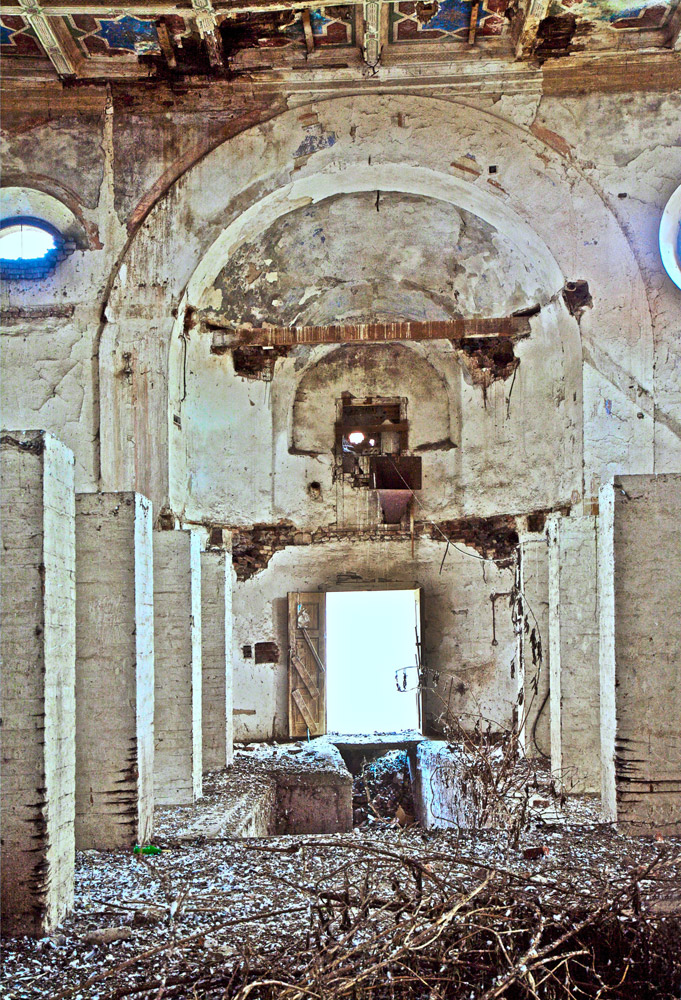


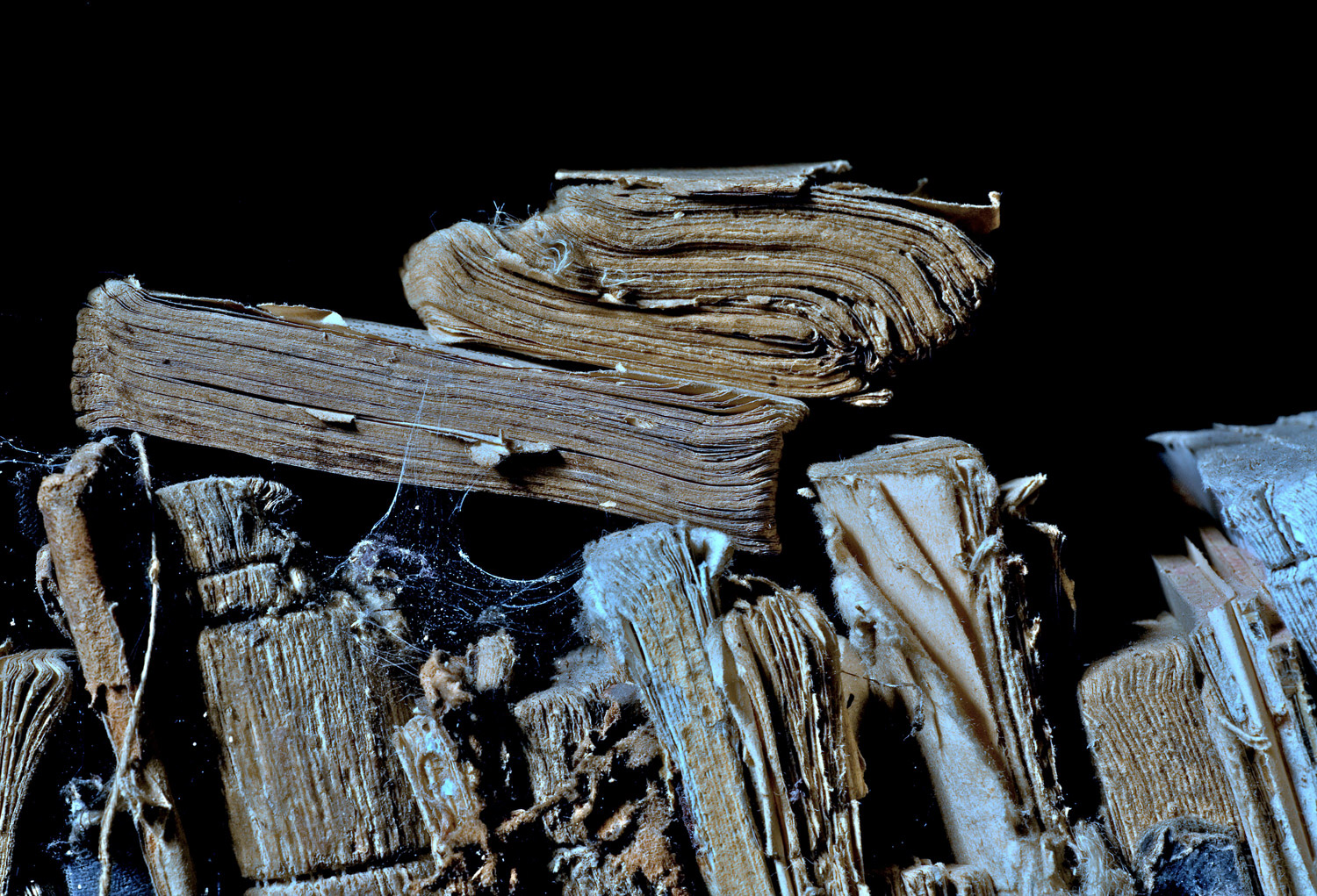
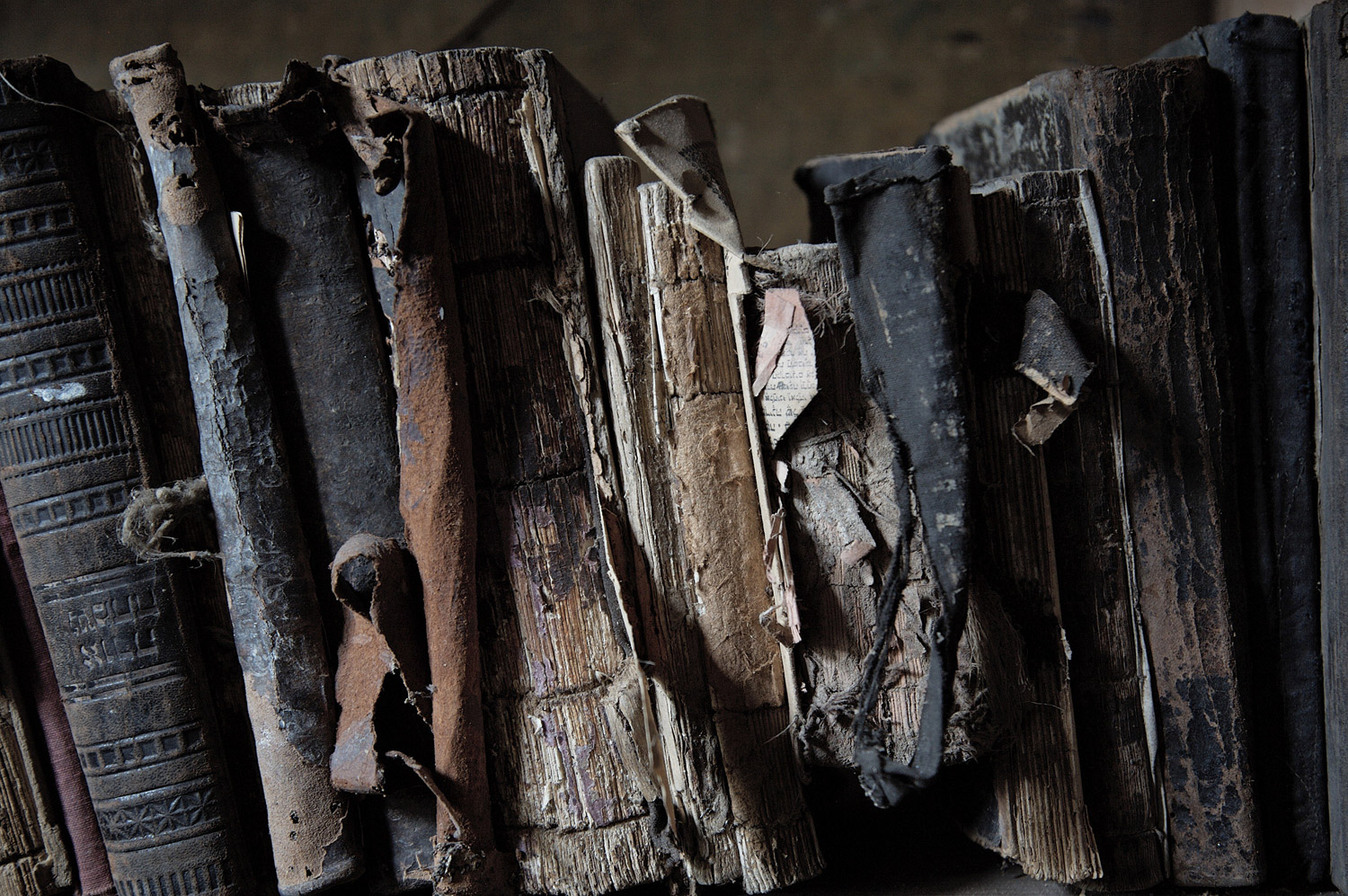
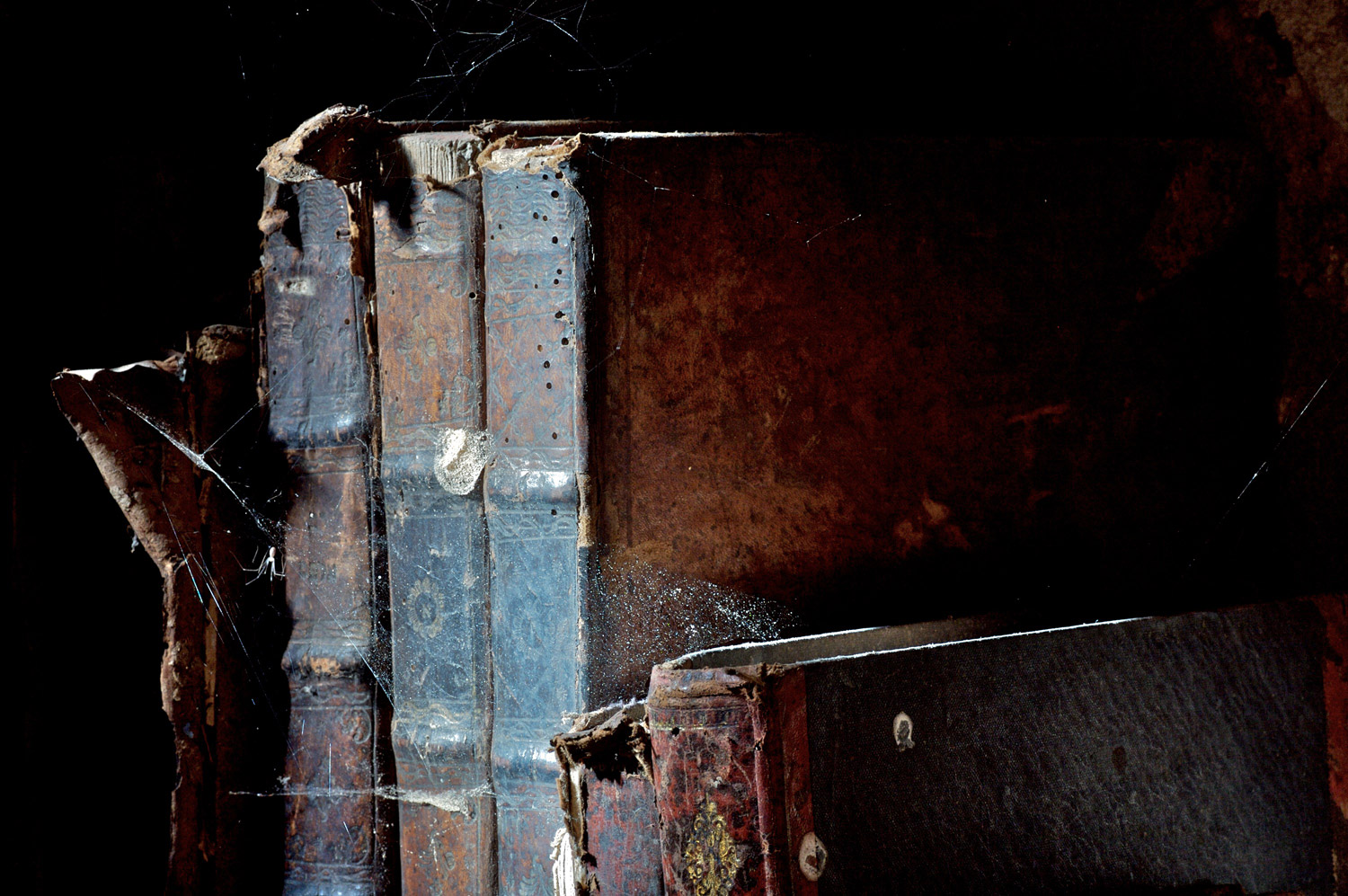

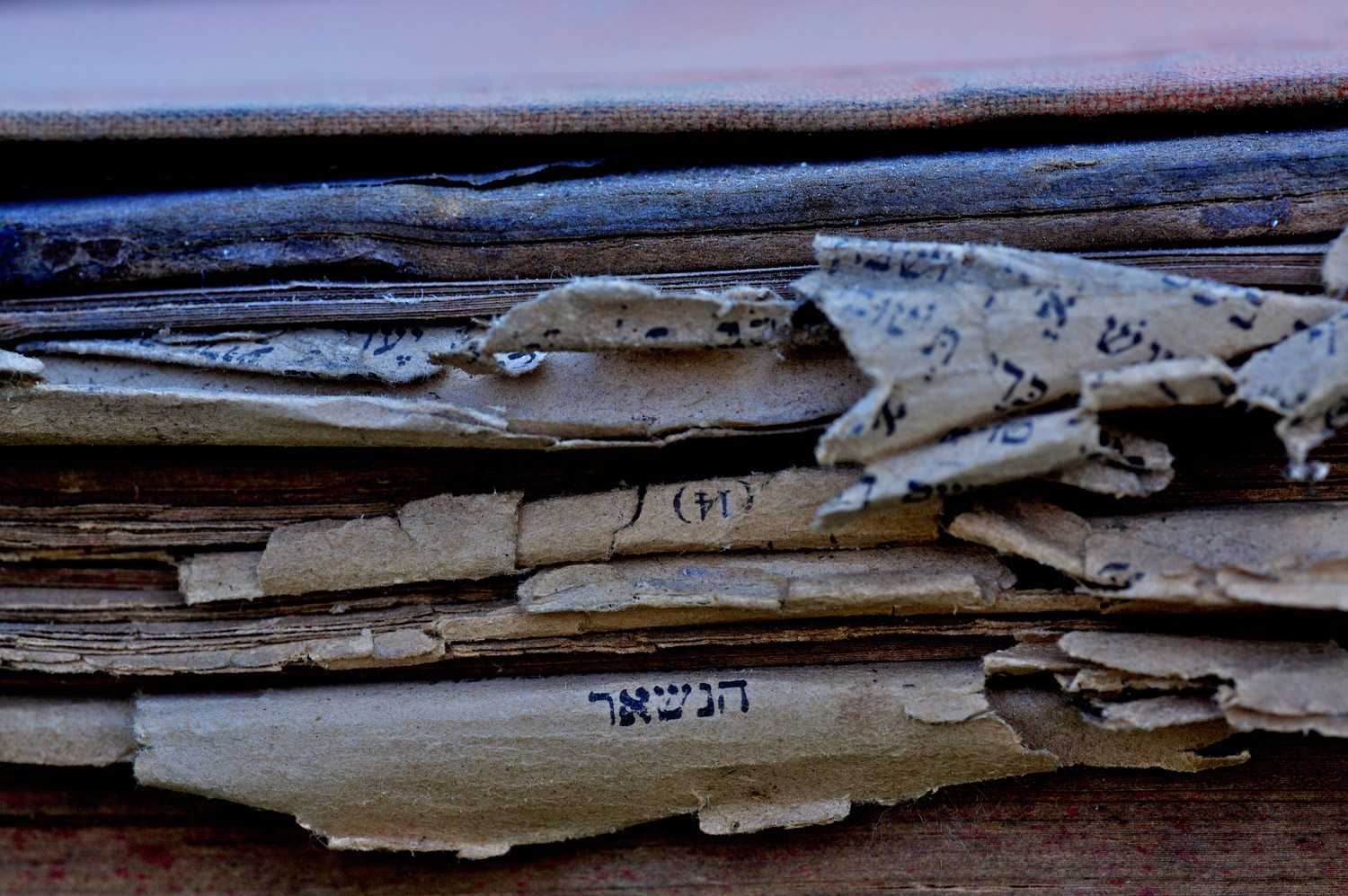


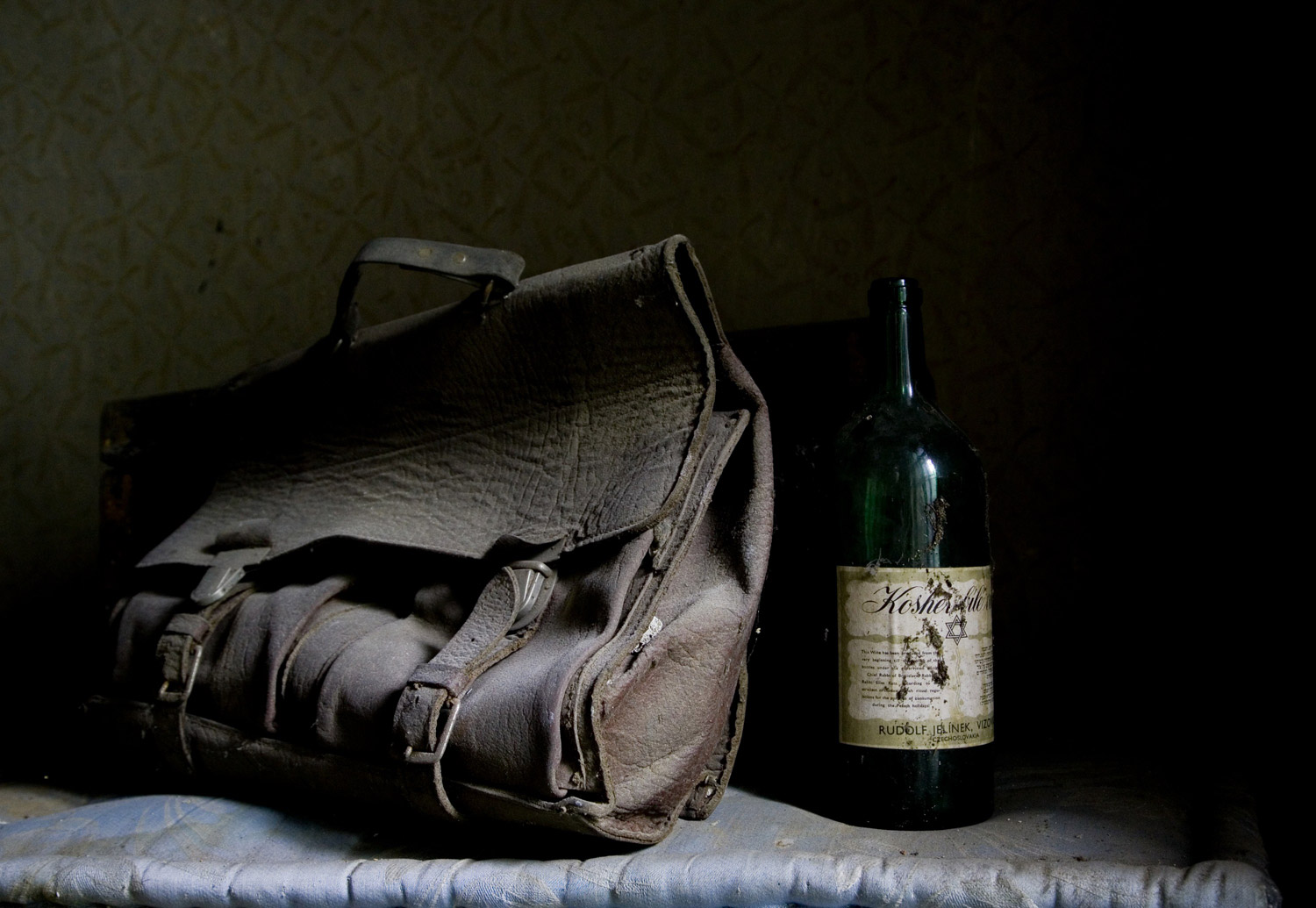




More Must-Reads from TIME
- Donald Trump Is TIME's 2024 Person of the Year
- TIME’s Top 10 Photos of 2024
- Why Gen Z Is Drinking Less
- The Best Movies About Cooking
- Why Is Anxiety Worse at Night?
- A Head-to-Toe Guide to Treating Dry Skin
- Why Street Cats Are Taking Over Urban Neighborhoods
- Column: Jimmy Carter’s Global Legacy Was Moral Clarity
Contact us at letters@time.com